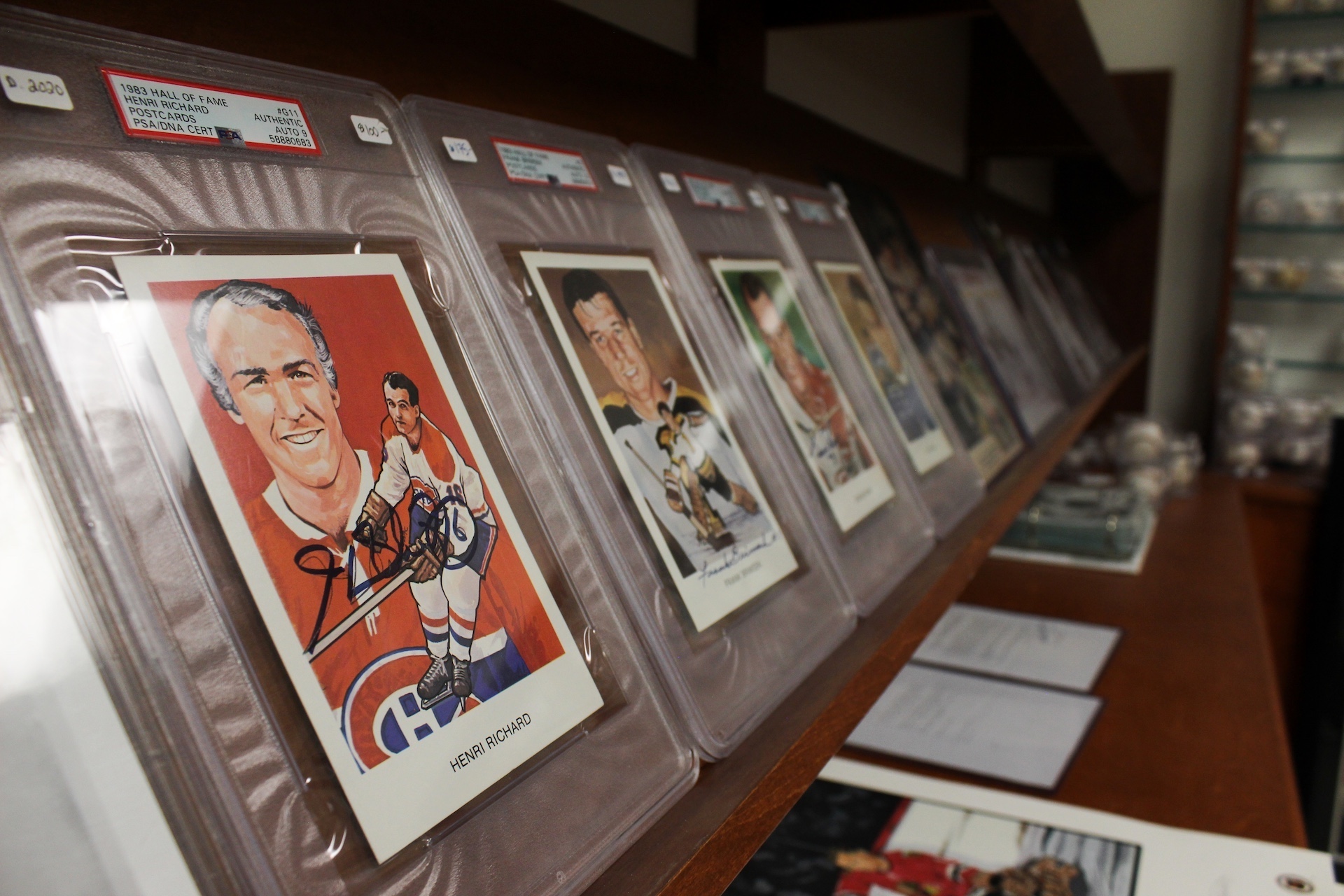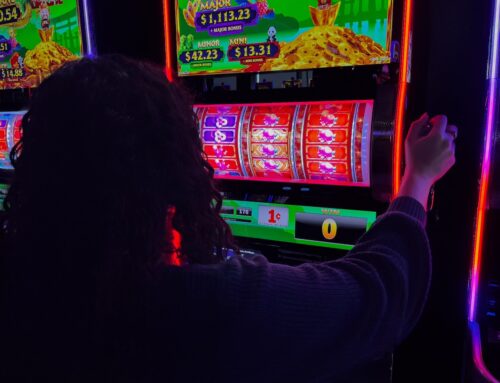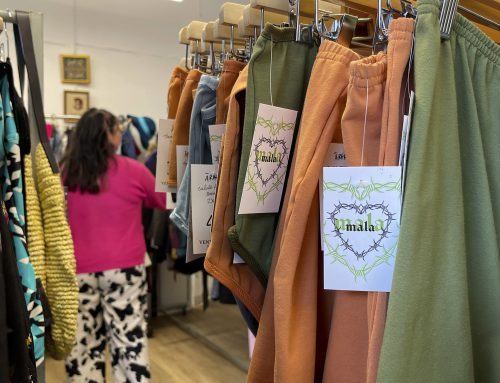BY Julissa Hurtado Mejaries & Blake Saraga
Brandon Eleuterio, has been collecting sports cards ever since he was six years old. From hockey to basketball, some of these cards have been a part of his life for over 18 years.
“My first ever sports card was a Sydney Crosby card that came with my Happy Meal from McDonalds,” he says. “I stopped for a little while, but then came back to it when I was 14, and ever since then, I’ve been seriously collecting them for fun.”
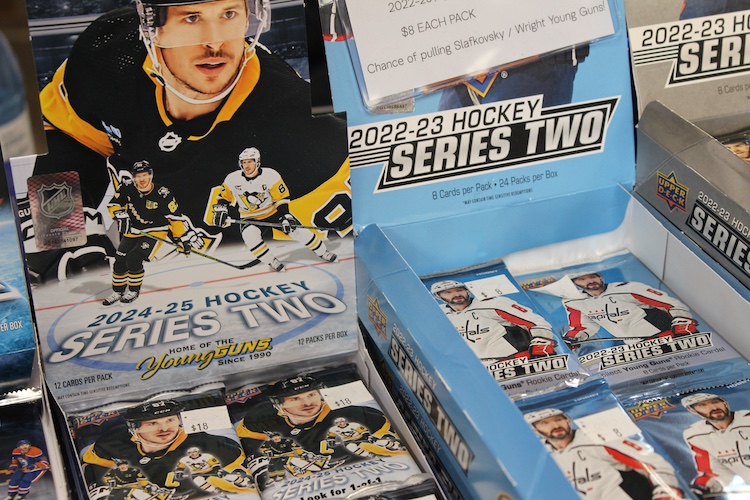
Upper Deck hockey cards available at the counter next to the cash register. Photo by Julissa Hurtado Mejaries.
Once considered a niche pastime, collecting is now a growing online trend. The value of these collectibles has increased immensely over the years, attracting enthusiasts and new investors. According to Grand Review Research, the collectibles market in Canada generated revenue of approximately $11.5 billion in 2024 and is projected to reach more than $16 billion by 2030.
That’s a growth rate of more than five per cent a year.
Sports cards, a hobby of old, are back and trending as collectors of all ages meet at the Sports Cards Fest to take part in buying, selling and trading. Video by Blake Saraga.
“I could do it for profit, but I don’t see myself getting into it that deep. Unless one of my cards values for over $10,000 in the future, then maybe I’ll think about it. It’s more of a nostalgic feeling for me,” Eleuterio says.
According to Straits Research, the North America collectible card games market size was valued at USD 3.94 million in 2023, and is projected to reach USD 10.89 million by 2032, growing at a CAGR OF 11.9 per cent. This increase is fueled by the rise in digital gaming and a renewed interest in physical collectibles, with dedicated collectors contributing to a dynamic market landscape.
Moshe Lander, an economics professor at Concordia University, says the real value of collectibles lies in their personal enjoyment rather than their financial returns.
“I think in the case of a lot of collectibles, there’s very little investment value, but there’s a lot of nostalgia and consumption value,” Lander says. “People enjoy having those collectibles, showing them to their friends or displaying them in a case.”
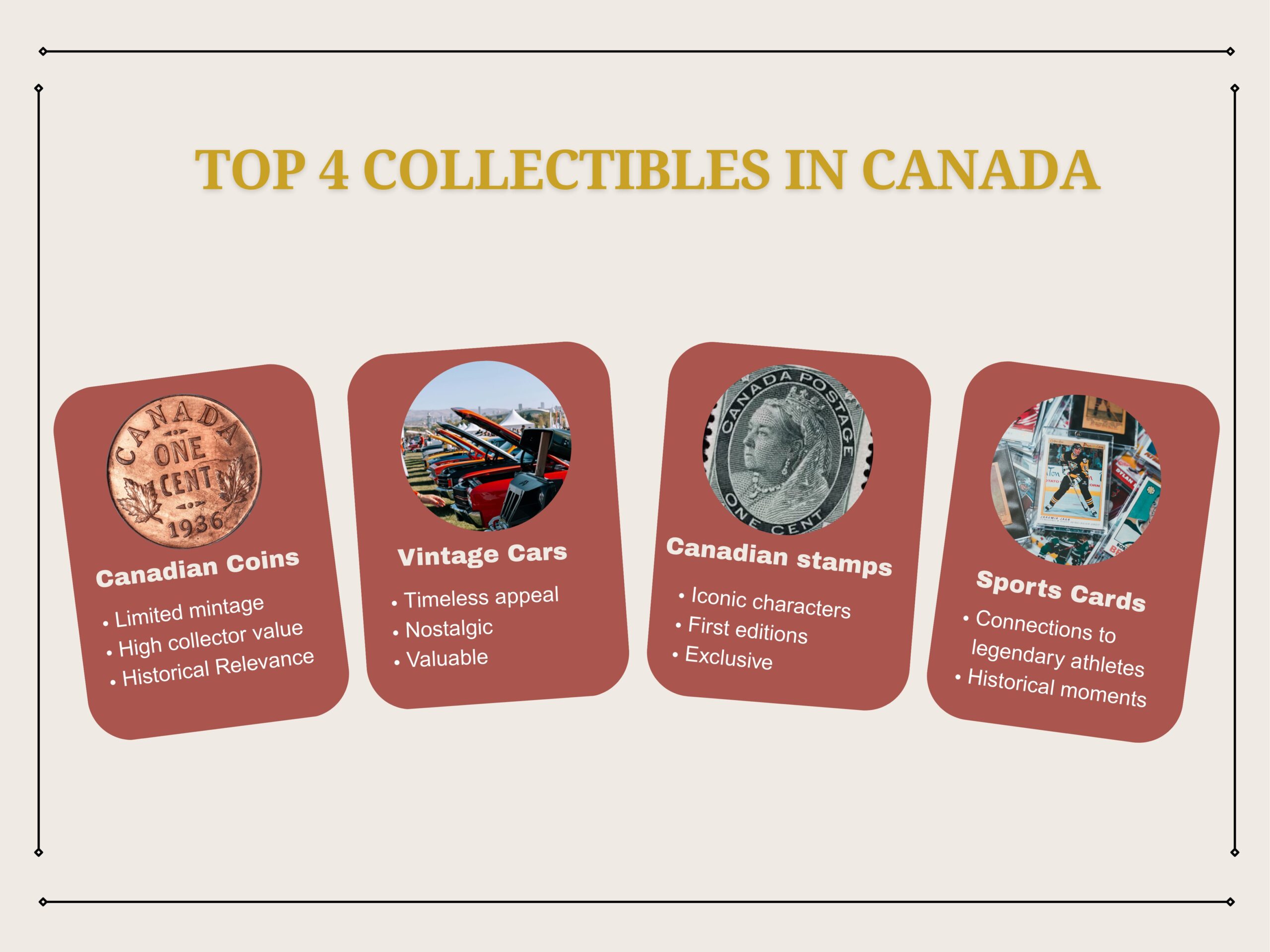
From cards to comics, here’s the top 4 Collectibles trending in Canada. Infographi by Julissa Hurtado Mejaries.
Even though this market continues to grow, issues arise when certain collectibles lose exposure. Once the demand of particular collectibles fade, the prices can plummet and bring down supply.
“If the supply is fixed and the demand drops, then the price drops,” says Lander. “The only way that you can create increasing value in the collectibles market is to constrain supply.”
Social media has become a great tool for both increasing demand and increasing the visibility of rare objects, allowing consumers to interact with others around the world who share similar interests.
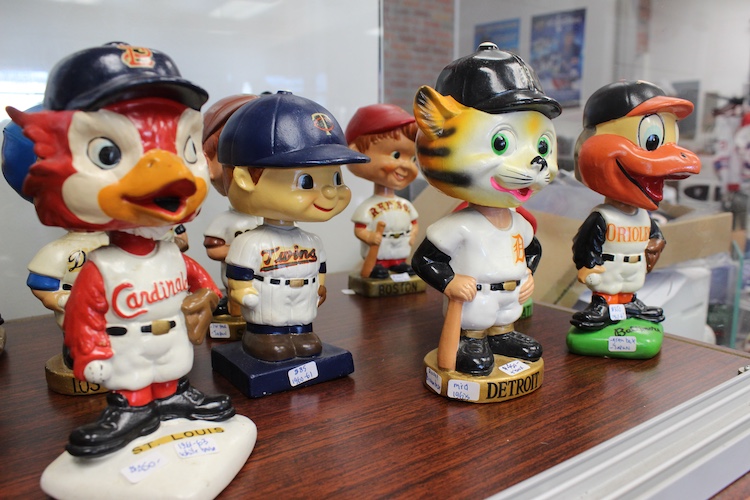
A glimpse of the selection of baseball mascot and player figurines at KSKS Sports Collectibles. Photo by Julissa Hurtado Mejaries.
“Social media is perfect for conveying consumption value and nostalgia value. What’s the whole reason for having a collectible if not to show it off to your friends,” Lander says.
Jake Draper, a sales associate at KSKS Collectables, says that the increasing reliance on digital platforms has actually spurred a greater demand for physical items.
“As we get more digital and as we get more online and not physical, I do think that the demand for physical entities, actual signed items that touched players or famous people or this or that, will be in demand because nothing is better than holding something yourself or having it in your hand,” he says.
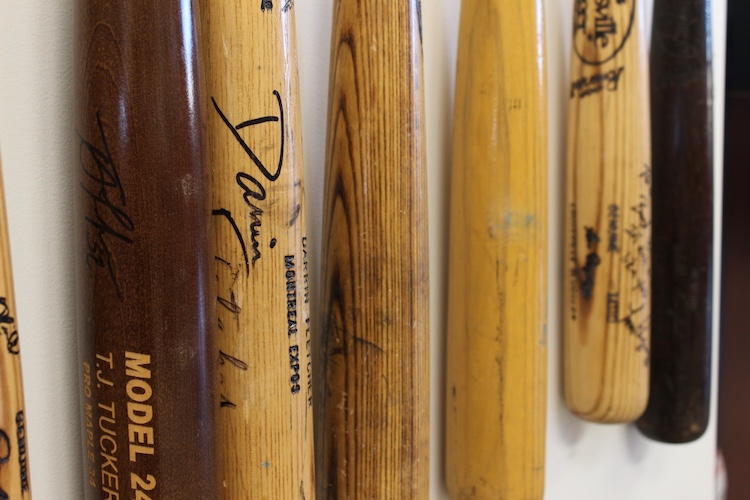
A collection of signed baseball bats from professional players at the KSKS Sports Collectibles store. Photo by Julissa Hurtado Mejaries.
Psychologist Jodi Parnass says collecting makes a person feel a sense of satisfaction. “It makes you feel like that sense of control and another part of that, you could also have a sense of status.”
Collecting is not just about acquiring items. As Parnass says, some collectors experience a sense of euphoria from the act itself, which fuels their continued pursuit.
“It’s a reward system. People want to collect more and more because of that good feeling, and that sense that they’ve accomplished something,” she says.
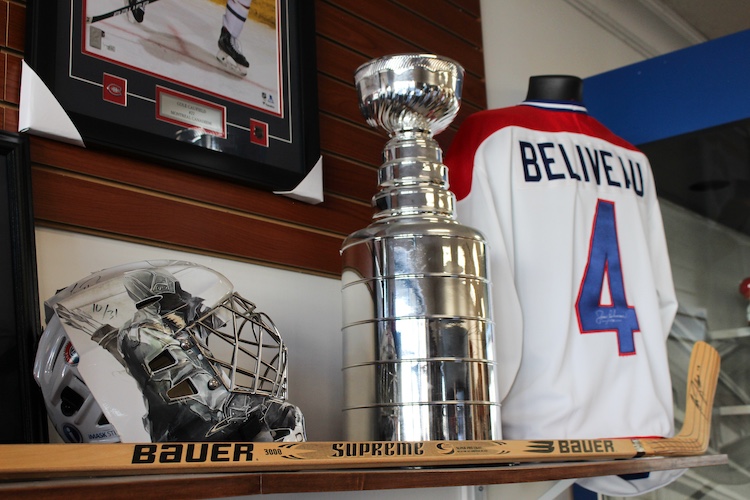
A collection of Jean Beliveau’s signed hockey stick, jersey, Stanley Cup, and helmet. Photo by Julissa Hurtado Mejaries.
While the emotional satisfaction of collecting can be a major driving force, it’s not the only reason people engage in it. For some, the motivation may be more pragmatic. Parnass points out that thinking about it as an investment can also motivate people.
“There’s no sense of emotion other than it’s rewarding because you’re getting that benefit,” she says.
As the collections market expands, it becomes evident that it encompasses more than simply cards, memorabilia, and unusual things. These items reflect connections, both to the past and to others.
